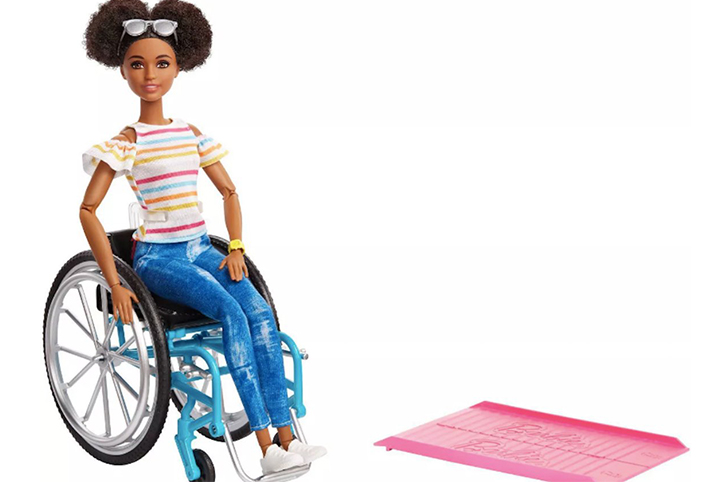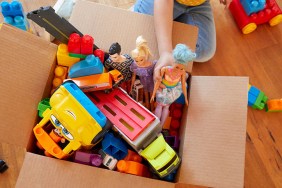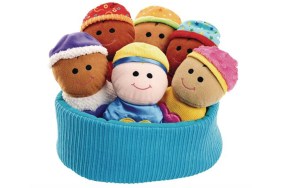When I was growing up in the 1980’s Barbie came in one size and color: white blonde girl with blue eyes and crazy distorted body proportions. Feminists the world over have spent years pointing at Barbie as an example of training young girls to have hypersexualized and unrealistic body ideals. Although it would take decades in the making, Mattel finally responded by creating a fabulous line of diverse dolls that more accurately reflect the beautiful range of skin tones, hair textures and styles, and body shapes that the kids who play with the dolls today actually see in the real world.
So, it’s no surprise then, that Twitter is having a moment of celebration at one particularly amazing doll that was just released as part of the Barbie Fashionistas Collection. Doll #133 (to be super precise) is a black female sitting in a stylish wheelchair. Talk about amazing!
The new Barbie comes at a time when Mattel is working to put their inclusivity mission into action. In February 2019, the company announced that two new dolls being released this year would have disabilities; one is in a wheelchair and the other will have a prosthetic leg. This is a major deal to the movement to empower young girls.
THERE’S NOW A BARBIE IN A WHEELCHAIR
i can’t even begin to express how happy i am that more and more young girls are growing up seeing themselves in Barbie pic.twitter.com/XL2PEetu6G
— jewel ? (@summersnowqueen) June 27, 2019
In a recent press release, Lisa McKnight, General Manager and Senior Vice President for Barbie, said “For 60 years, Barbie has championed girls, inspired generations to believe through make-believe and showed them that they have choices. With more than 200 careers, six runs for president and a trip to the moon before Neil Armstrong, Barbie continues to evolve to be a modern, relevant role model for all ages. The Barbie brand believes girls should never know a world, job, or dream women haven’t conquered. Through our global platform, we are igniting a movement to help close the Dream Gap and further establish Barbie as the ultimate girl empowerment brand.”
The company also released 20 new dolls in honor of female role models and leaders representing multiple countries and continents, ages from 19 to 85, and speaking 13 different languages.
Mattel has also launched the Barbie Dream Gap Project Fund to give financial resources to “like-minded organizations” that aim to give girls a level playing field. Mattel translates that to mean one dollar of every doll sold and up to $250,000 will be donated.
Barbie is evolving to become an inclusive, diverse brand that parents can feel great about buying. Rock on, Doll #133, I can’t wait to see you at the store!








